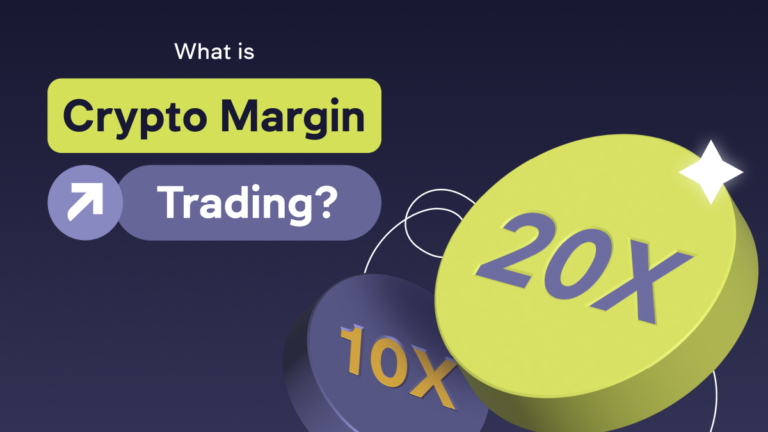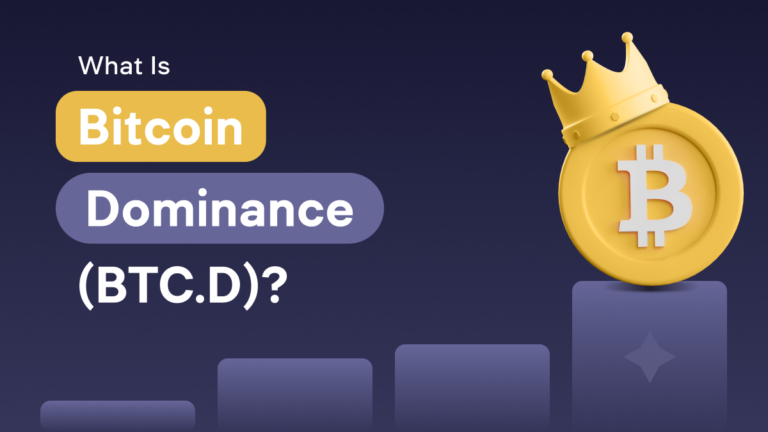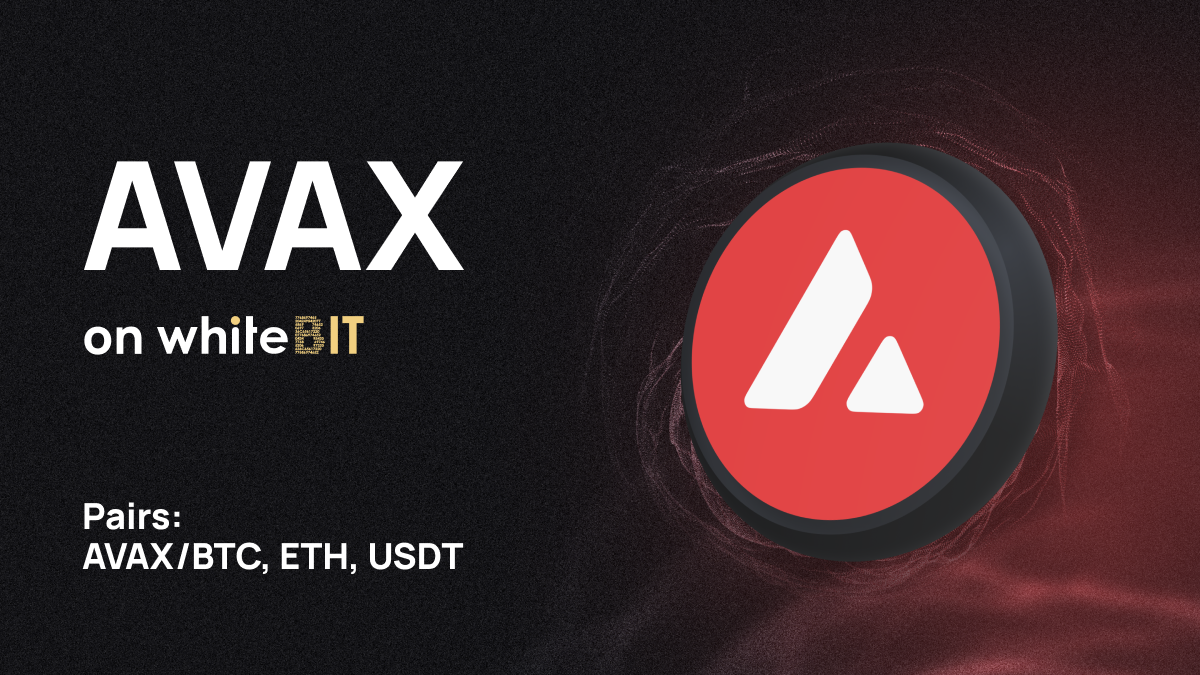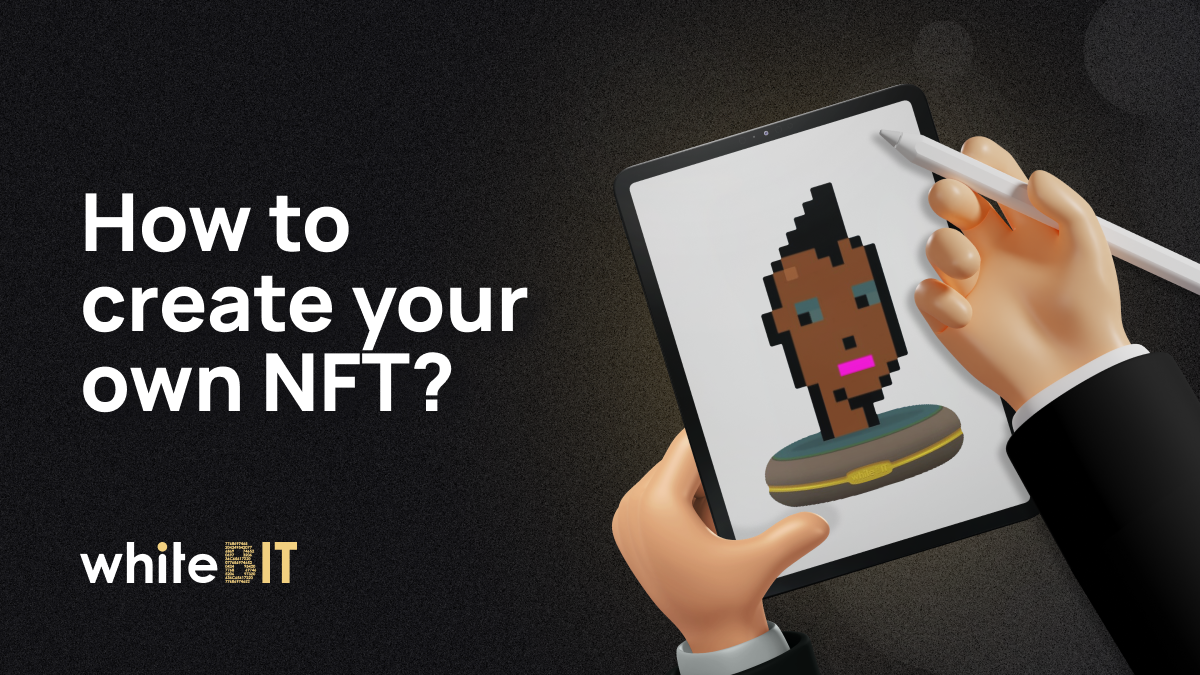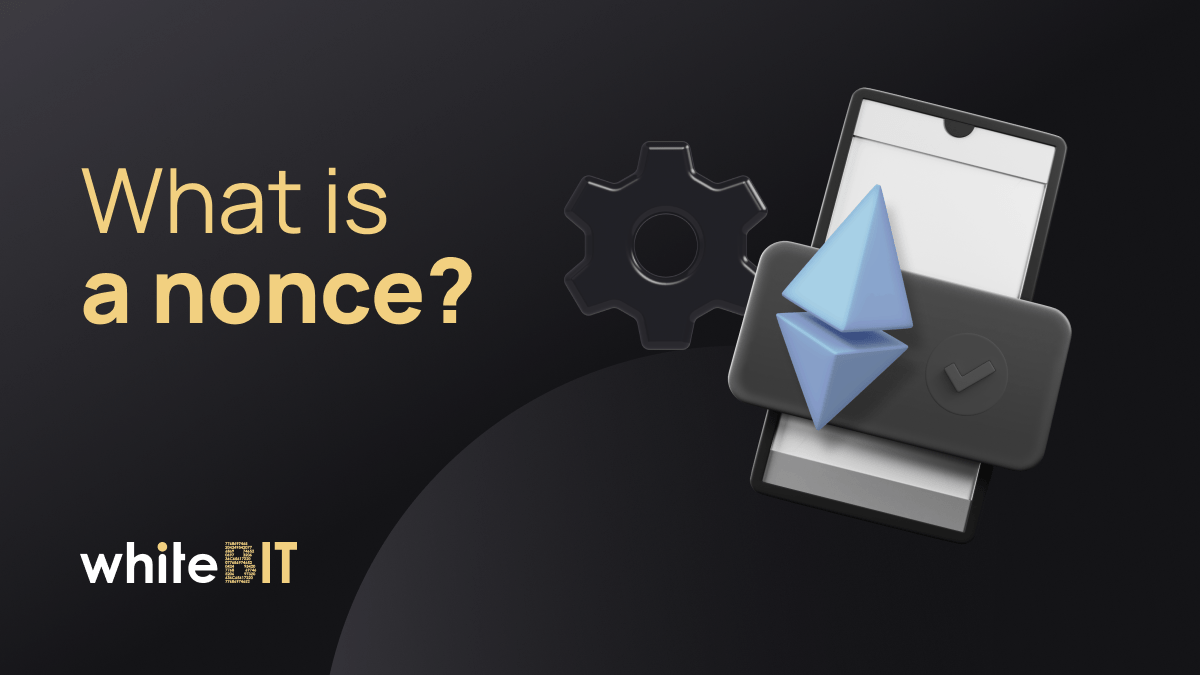What Is the Difference between Margin Trading and Futures Trading?
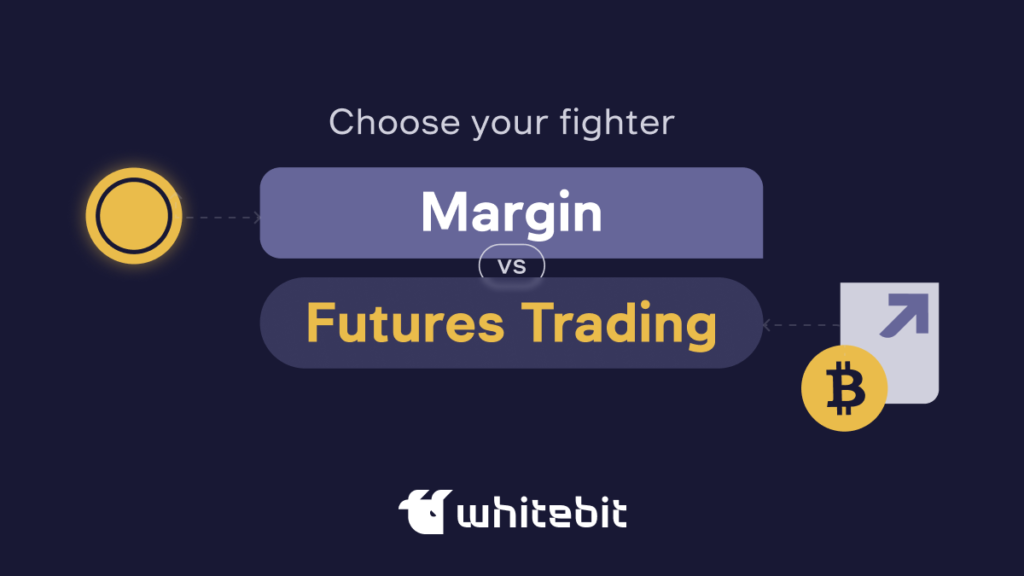
Content
Margin trading and Futures trading are advanced tools, both in the stock market and digital asset market. On the WhiteBIT exchange, it can be used for more efficient operations. At the same time, spot market trading is the most common and basic, and margin and futures trading offer more advanced features.
By the end of this article, you will better understand the basics of these tools, and you will be able to make an informed decision about which is best for you.
What is leverage?
Leverage is borrowed funds that you can use to make more profit. On WhiteBIT, the leverage can reach up to 100x of the initial margin amount.
When you see the inscription “Leverage 2x, 5x, 10x”, the number next to «x» indicates the ratio of your funds to borrowed funds. With a leverage of 2x, you trade at a ratio of 1:2. This means that the crypto exchange provides a loan two times larger than your original amount.
For example:
You have 1000 USDT and want to buy Bitcoin (BTC). Let’s imagine that 1 BTC is worth 10,000 USDT. So you can buy only 0.1 BTC. Now let’s imagine that you use a leverage of 10x, and with it, you have 10 000 USDT. So you can buy 1 BTC using the exchange’s borrowed funds.
Margin and Futures trading: what’s the difference?
Margin trading is a leveraged trading tool. Usually implemented with leverage, which we talked about earlier. If you trade with leverage, you can buy more assets and earn more in case of a successful transaction.
The initial funds that the user invests in the order are called the margin. It forms all “X” s of leverage, which will increase the amount of trade.
Margin trading is used for long and short positions. A long position implies an increase in the asset, and a short means a fall.
If you open a long position and the asset starts to fall, the exchange may use Margin Call. It means you must add funds to the order to keep it active. Previously, on the stock exchanges, the broker called the trader and said that the asset was falling and it was time to deposit funds to secure the position, so there was no liquidation. That’s why it’s called “Call.” Now the user receives only a notification.
The main advantage of margin trading is increasing profits and/or diversifying the portfolio with a small amount of capital. That is, you can open one or more orders on different positions with an amount greater than you have, thereby protecting positions from high market volatility through leverage.
But margin trading also has a downside. It is considered high risk. If the purchased asset starts to fall, you will lose your funds. Therefore, before trading with leverage, remember to weigh the pros and cons.
Futures trading based on futures contracts. It is an agreement to buy a specific amount of an asset at a specific price in the future.
For example:
Your friend grows apples and usually sells them for $5 per kilo. You know that the apple demand will increase, costing $10 per kilo. So you want to buy three kilograms of apples from a friend for $15. Now winter and apples will be only in the spring. You agree that you will make this deal with him after a certain time. So a friend guarantees that he will sell you three kilograms of apples on May 10, and you are guaranteed to buy them at an agreed price of $15, even if the market price of apples is higher by that time (if lower, you still pay under the contract). The agreement between you is the futures. In turn, you can resell these futures to your brother, who will already be obliged to buy apples on May 10.
Futures are classified as derivative financial instruments. They can be opened in long and short positions. Initially, futures contracts were used to hedge (insure) risks. With their help, you can earn and “protect” assets.
What is the key difference?
The main difference between futures and margin trading is in the markets in which they are traded. Margin trading directly depends on the spot market, as the user trades/borrows real assets, not derivative contracts as on futures. Accordingly, all trades will go through the order book, so it is necessary to consider the instrument’s liquidity when choosing leverage.
In margin trading, there are usually more pairs available. So if you want to trade something specific, check whether such assets are available.
Here are some more distinctions:
| Different price movement charts (trading happens on different markets) | |
| Different fees when entering and exiting positions | |
| Different fee-charging schemes for holding positions |
Which tool to choose?
As you can see, the tools are different and are used for different purposes. Both methods are risky, so they are suitable for more experienced users.
If you are a beginner, use these tools carefully.
There are no perfect and 100% profitable trading instruments. Each is good but has risks and disadvantages, and the result depends only on your knowledge and experience. Remember, you set the level!

